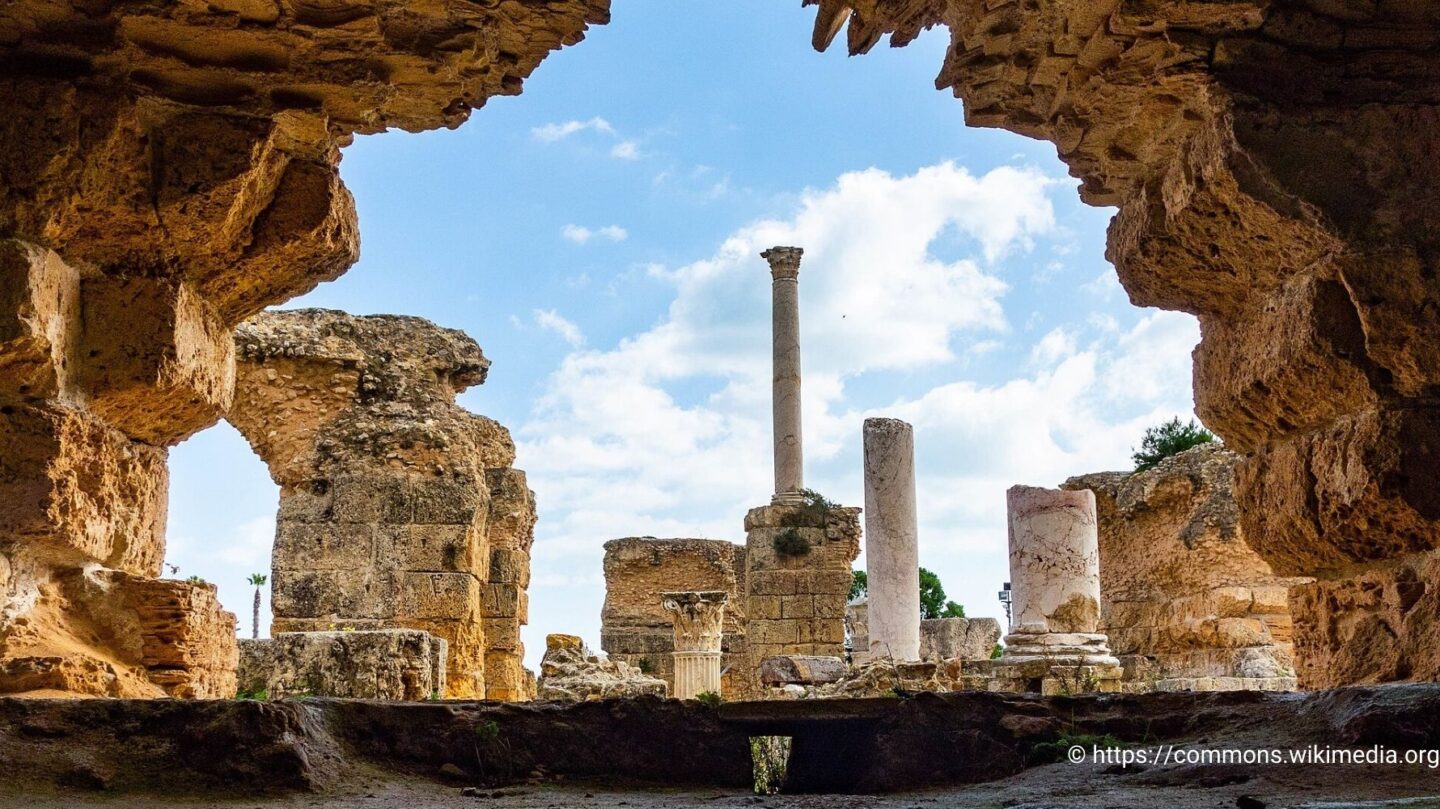The Foundation of a Maritime Power
Carthage, a city-state located on the northern coast of Africa in present-day Tunisia, rose to prominence as one of the ancient Mediterranean’s most powerful civilizations. Founded by Phoenician settlers from Tyre around 814 BCE, Carthage initially served as a trading hub. Its strategic location allowed it to control maritime trade routes and establish colonies across the western Mediterranean, including Sardinia, Corsica, and parts of Spain.
Over time, Carthage evolved into a formidable maritime empire, boasting a powerful navy and a flourishing economy based on trade. Its wealth and influence made it a dominant force, but it also brought Carthage into conflict with the emerging Roman Republic.
The First Punic War: A Struggle for Sicily
Carthage’s rivalry with Rome began in earnest with the First Punic War (264–241 BCE). The conflict was sparked by a struggle for control of Sicily, a wealthy and strategically significant island. While Carthage initially had the upper hand due to its naval superiority, Rome adapted quickly, building a fleet to challenge Carthage at sea.
The war ended in Rome’s favor, with Carthage forced to cede Sicily and pay a massive indemnity. This defeat marked the beginning of Carthage’s decline as a dominant Mediterranean power and set the stage for further hostilities.
Hannibal and the Second Punic War
Despite its loss in the First Punic War, Carthage remained resilient, expanding its influence in Spain under the leadership of the Barcid family, particularly Hannibal Barca. Hannibal’s ambition to avenge Carthage’s earlier defeat led to the outbreak of the Second Punic War (218–201 BCE), one of the most legendary conflicts in history.
Hannibal’s bold strategy involved crossing the Alps with his army, including war elephants, to invade Italy. His campaigns in Italy were marked by stunning victories, such as the Battle of Cannae in 216 BCE, where he inflicted one of the worst defeats in Roman history. For over a decade, Hannibal roamed Italy, threatening Rome’s dominance.
However, Carthage’s failure to send sufficient reinforcements and Rome’s resilience eventually turned the tide. Roman general Scipio Africanus launched a counteroffensive, invading North Africa and defeating Hannibal at the Battle of Zama in 202 BCE. The war ended with Carthage losing its overseas territories and being reduced to a client state of Rome.
The Third Punic War: Carthage’s Destruction
The final chapter in Carthage’s history came with the Third Punic War (149–146 BCE). Although Carthage had recovered economically, its growing prosperity alarmed Rome, which viewed it as a potential threat. Roman senators, led by Cato the Elder, famously declared, Carthago delenda est (“Carthage must be destroyed”).
The war was brutal and one-sided. Rome laid siege to Carthage, eventually breaching its defenses after three years. The city was razed to the ground, its population enslaved, and its land salted to ensure it could not recover. Carthage ceased to exist as a political entity, and its territory became a Roman province.
The Legacy of Carthage
Although Carthage was destroyed, its legacy endures. Its achievements in maritime trade, engineering, and agriculture influenced later civilizations, including Rome. The story of Hannibal’s daring campaigns continues to captivate historians and military strategists.
Today, the ruins of Carthage stand as a reminder of a civilization that once rivaled Rome for control of the Mediterranean. The rise and fall of Carthage is a tale of ambition, resilience, and ultimate tragedy, reflecting the fragility of even the mightiest empires in the face of relentless rivals.
